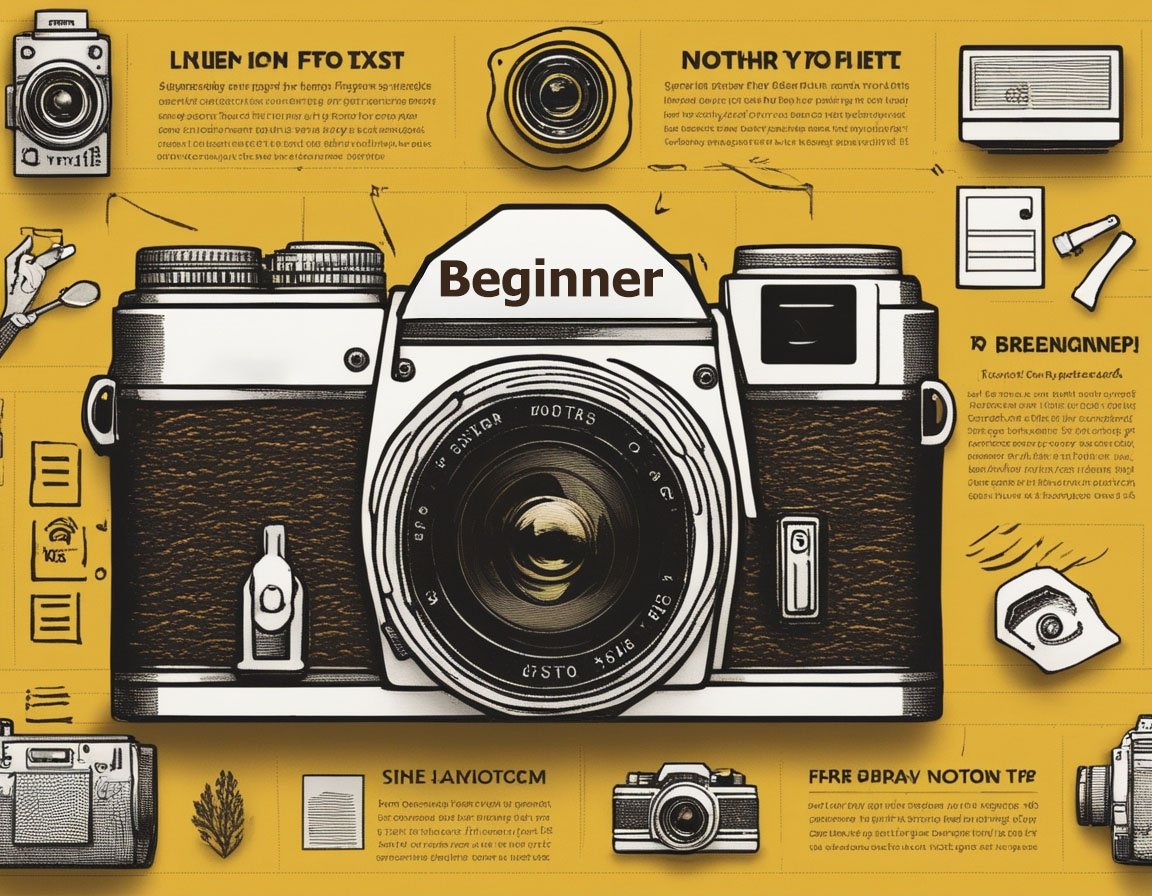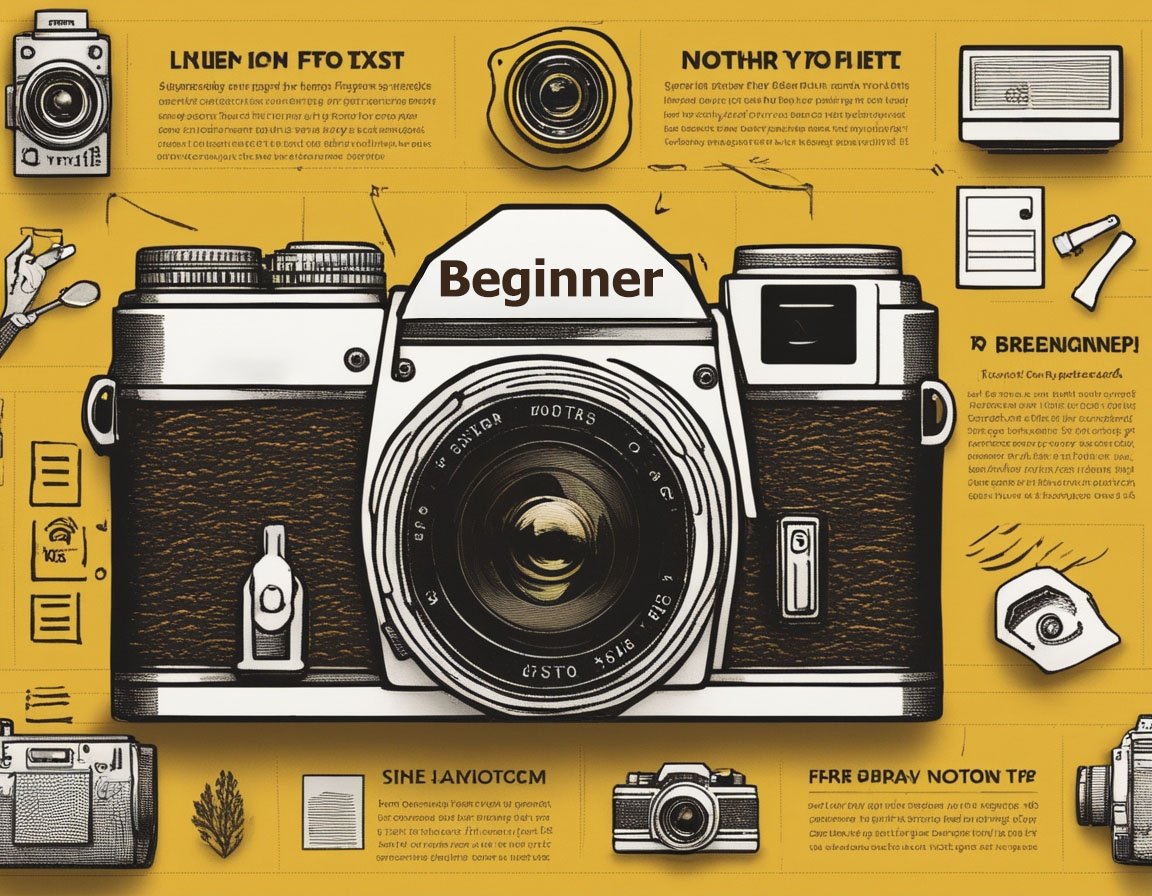Neglecting to Experiment with Angles and Perspectives: A Lost Opportunity
In the realm of photography and visual arts, the significance of angles and perspectives cannot be overstated. These elements are not just technical aspects of composition but are critical to storytelling, evoking emotions, and engaging the audience. Unfortunately, one of the most common pitfalls for budding photographers and visual artists is neglecting to experiment with angles and perspectives. Doing so often leads to monotonous work that fails to seize the viewer’s attention or convey a unique narrative. Herein lies the opportunity lost when we ignore these powerful compositional tools.
Understanding Angles and Perspectives
The angle at which a subject is photographed can radically alter the perception of that subject. Traditionally, angles are categorized into high, eye-level, and low angles. Each brings a distinct effect; high angles can diminish subjects, giving a sense of vulnerability or smallness, whereas low angles often convey power or grandiosity. Eye-level shots, neutral in nature, tend to produce a sense of equality between the subject and the viewer.
Perspective, meanwhile, involves the spatial relationship between objects in an image. A wide-angle perspective can dramatize the depth of a scene, often used to highlight vast landscapes or structures, while a telephoto perspective compresses this depth, ideal for portraiture and minimizing distractions in the background.
The Impact of Neglecting Experimentation
Neglecting to experiment with angles and perspectives restricts the creative possibilities and limits emotional engagement. When photographers consistently rely on familiar angles, the resulting imagery often feels repetitive and uninspired. A static approach fails to capture the dynamic potential of photography as an artform that thrives on innovation and fresh perspectives.
Moreover, without experimentation, photographers miss the opportunity to influence the narrative conveyed by their images. For instance, shooting a child from a low angle can empower the young subject, making them appear larger than life, whereas an overhead shot might evoke a sense of innocence or vulnerability. Therefore, sticking to conventional angles or perspectives can lead to a one-dimensional interpretation.
Cognitive Bias and Perception
Our perception of images is heavily influenced by psychological factors. Cognitive biases—such as the framing effect—play a significant role in how we interpret visual information. By failing to experiment with different angles and perspectives, photographers limit their ability to manipulate these biases, thereby confining the impact of their imagery.
For example, an image shot from an unconventional angle can disrupt existing patterns of perception, prompting viewers to look longer and think more deeply about the subject matter. This effect is crucial for engaging an audience in a world saturated with visual content. Every image competes for attention, and unique angles often give them the edge needed to stand out.
Practical Applications and Techniques
Experimentation with angles and perspectives is not merely an academic pursuit; it has tangible applications across various photography genres. Street photographers may find that a low angle shot captures the bustling energy of city life more effectively than eye-level shots. Similarly, wildlife photographers often use dynamic angles to evoke the grandeur and beauty of nature.
Advanced techniques, such as drone photography, have expanded the range of possible perspectives. Drones allow photographers to capture images from vantage points previously inaccessible, providing a literal bird’s-eye view that can completely transform our understanding of a scene.
Portrait photographers particularly benefit from experimenting with these elements, as subtle shifts can significantly impact the mood of a portrait. A head-on portrait might feel confrontational, while shooting from above softens the subject’s presence, often evoking introspection.
The Role of Technology in Experimentation
Modern technology provides unprecedented opportunities to experiment with angles and perspectives. Many cameras feature articulating screens, making it easier to capture shots from unconventional angles. Some advanced models even include built-in level indicators that assist in maintaining straight horizons regardless of the camera angle.
Software, too, plays a pivotal role. Tools such as Adobe Photoshop and Lightroom enable photographers to manipulate perspectives post-capture, allowing for further creative exploration and refinement of their original vision. This technological evolution underscores the importance of moving beyond traditional approaches.
Conclusion
In a field as dynamic and expressive as photography, the act of neglecting angles and perspectives is akin to muting one’s creative potential. The artistry of photography lies in exploration, in the courage to innovate, and in the ability to communicate complex narratives through visual means. By embracing experimentation, photographers not only elevate their own work but also contribute to the rich tapestry of visual storytelling that has the power to transcend language and cultural boundaries, deeply resonating with audiences around the world.



